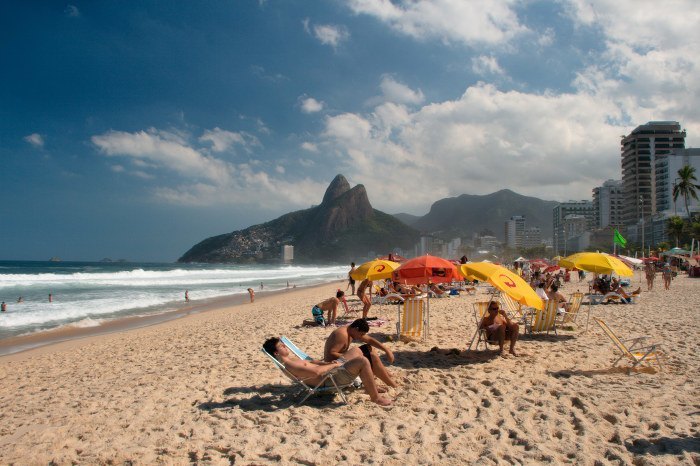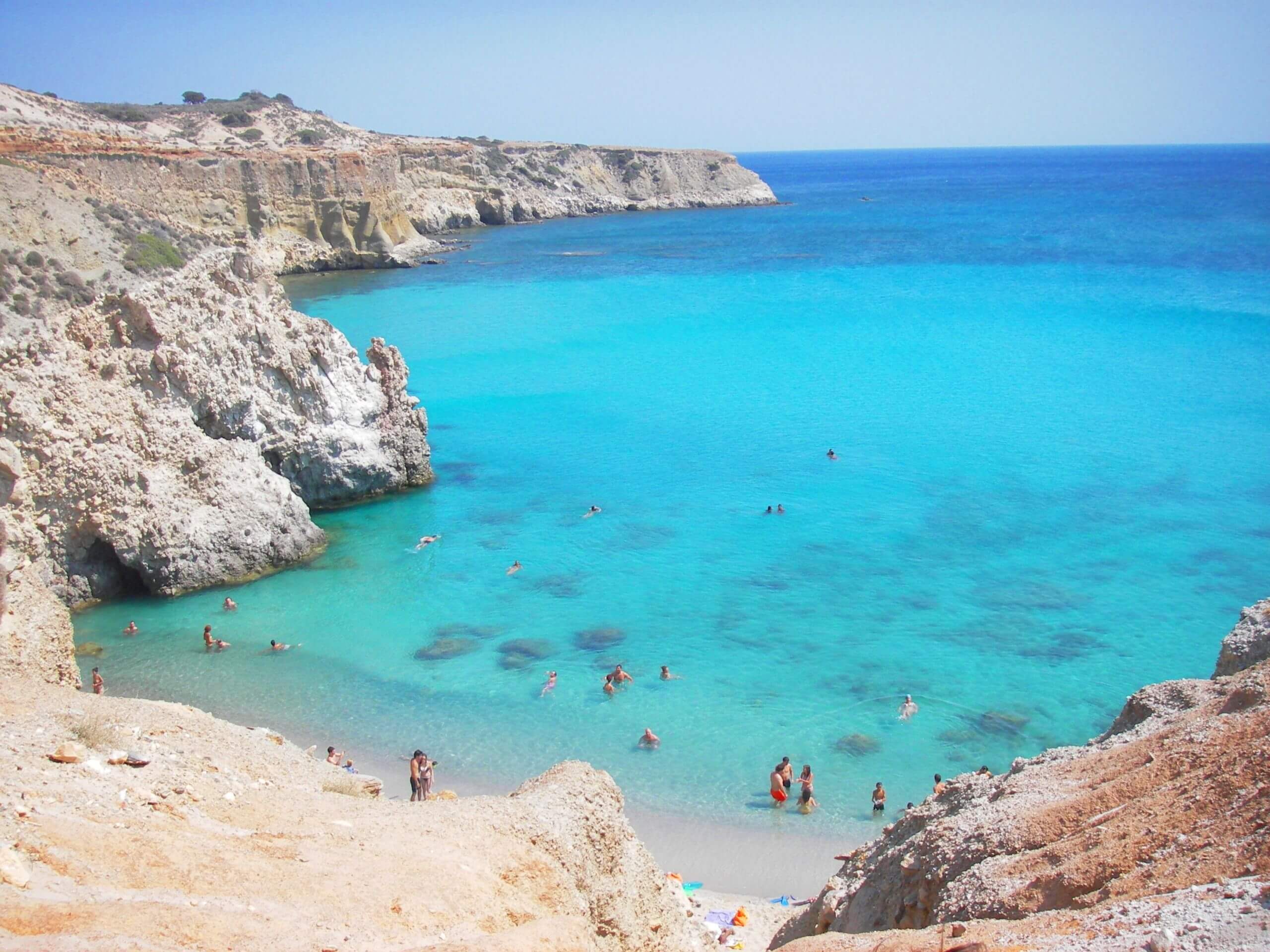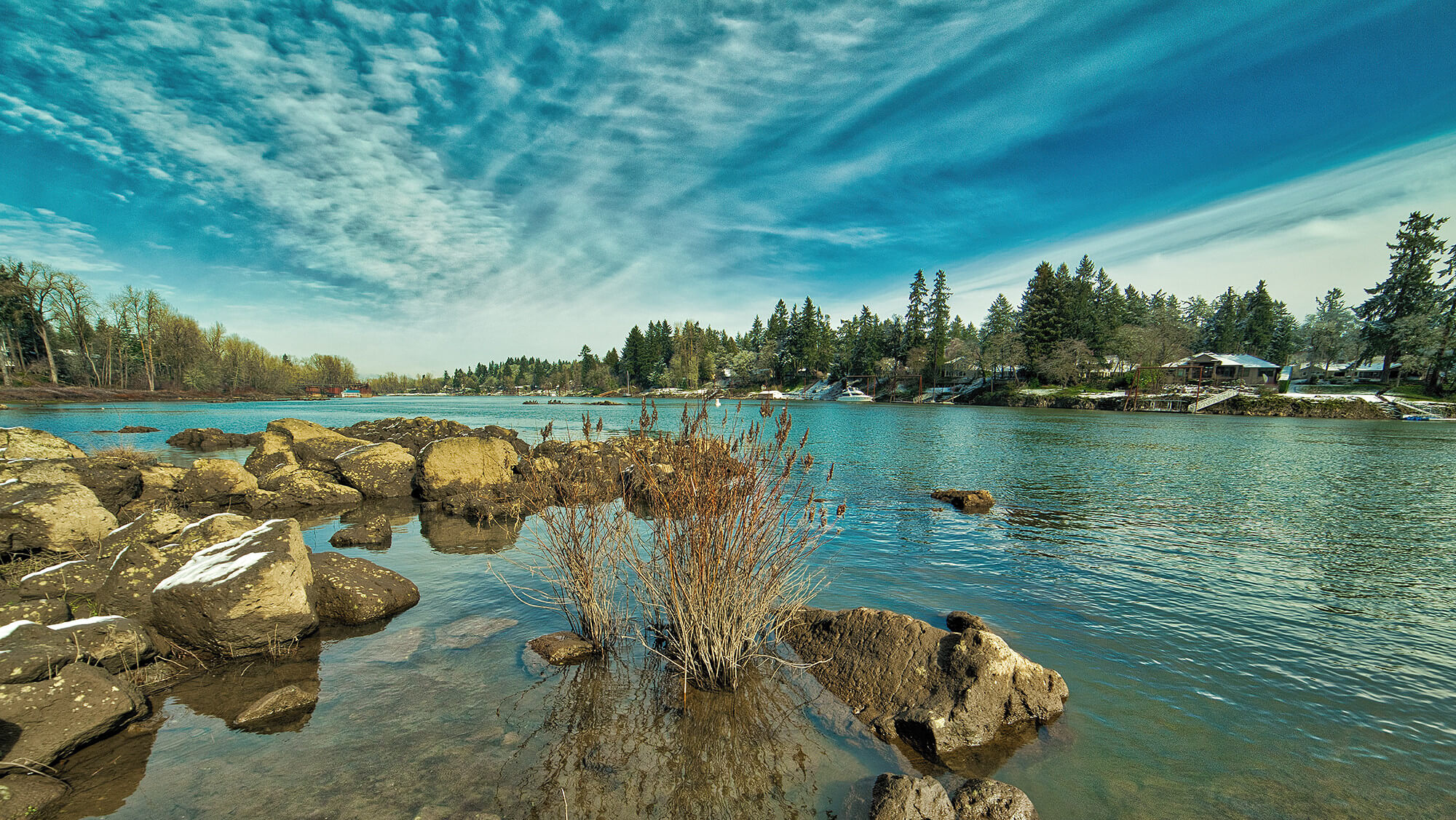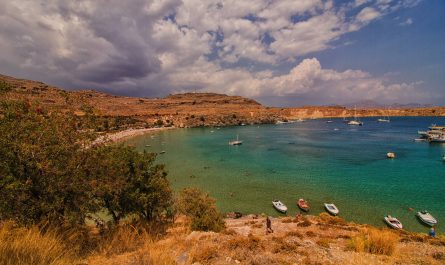Portuguese is the sixth most spoken language in the world.
It is the official language of almost 220 million people in nine countries – Brazil, Portugal, Angola, Mozambique, Guinea Bissau, East Timor, Sao Tome and Principe, Cape Verde and Macao.
Most of the Portuguese-speaking population in the world (over 80%) lives in Brazil.
The total number of people who speak Portuguese to some degree is at least 270 million, making it more spoken than other important languages such as German, French and Russian.
The importance of the Portuguese language for doing business grows very fast over the last few years, and the main reason is the increasing economic power of Brazil.
On the other hand, Portugal enjoys great popularity as a world class tourist destination.
Furthermore, Portuguese is one of the official languages of the European Union.
In addition, the interest of doing business with some Portuguese-speaking countries in Africa has sharply increased.
1. São Paulo, Brazil
City – 11,895,893 people
Metro – 20,935,204 people

São Paulo is the largest Portuguese-speaking city on the planet.
Its metro area has a population of 20,935,204 people. This is a real city-giant whose size is difficult to describe.
If you want to imagine the metro area of São Paulo, you just have to imagine together the population of Moscow (Russia) and Toronto (Canada).
The result is the population of the largest city in Brazil.
2. Rio de Janeiro, Brazil
City – 6,453,682 people
Metro – 12,090,607 people

Rio de Janeiro is a huge city with the size of London, Paris or Istanbul.
It has a population of 6,453,682 people and is the center of the second largest Portuguese-speaking agglomeration in the world.
The metro area is home to 12,090,607 people.
Even if one of the largest cities in Latin America, Rio is known for something else – its beautiful skyline, mountains and lovely world class beaches Ipanema, Copacabana and Leblon.
3. Belo Horizonte, Brazil
City – 2,491,109 people
Metro – 5,156,217 people
Belo Horizonte is a huge city, and its metro area has a population of 5,156,217 million people.
It is a combination of tall skyscrapers, busy streets, beautiful parks, and modern urban infrastructure.
The city itself has a population of 2,491,109 people, but if you calculate how many people live in the suburbs of Belo Horizonte as well as the number of tourists and business visitors, the city becomes even bigger than the German capital Berlin!
4. Porto Alegre, Brazil
City – 1,509,939 people
Metro – 4,405,769 people

Situated in the far south of Brazil, Porto Alegre is a large city with a population of 1,509,939 people.
In addition, it is the center of an urban area with a population of 4,405,769 people, which makes Porto Alegre the fourth largest Portuguese-speaking city in the world after Sao Paulo, Rio de Janeiro and Belo Horizonte.
Porto Alegre is known also for something else – as it is located far to the south, this city has much fresher and cooler climate than other big cities in Brazil.
5. Salvador, Brazil
City – 2,902,927 population
Metro – 3,919,864 population

With a population of 2,902,927 people, Salvador is the third largest city in Brazil after São Paulo and Rio de Janeiro.
The city, however, has a smaller metropolitan area (3,919,864 people) of the cities of Belo Horizonte and Porto Alegre.
Salvador is a busy city with a very dynamic economy and impressive modern architecture. It attracts huge investments from around the world.
Here’s the place to say that during the period between the years of 2000 and 2010, the population of Salvador increased by half a million people!
This is approximately the entire population of a medium-sized European city and clearly talks about the impressive progress and growth of Salvador.
6. Resife, Brazil
City – 1,555,039 people
Metro – 3,743,854 people

They often call Recife “Miami of South America”.
Kilometers of endless white beaches, clear and warm sea waters, coastal reefs, surfers and endless coastal boulevards, which are dotted with coconut palm trees.
Few people know, however, that the city with a population of about 1,555,039 people is the center of one of the largest Portuguese-speaking urban areas in the world.
Approximately 3,743,854 people live in Recife and its surrounding area, which is approximately the population of busy european capitals such as Athens.
7. Fortaleza, Brazil
City – 2,571,896 people
Metro – 3,602,319 people

Fortaleza is one of the largest Portuguese-speaking cities in the world, but in fact, it is known for something else – its year-round great weather, plenty of sunshine and fabulous golden beaches.
As soon as you visit the coastal Brazilian metropolis, you realise that you have fallen in love with it.
It is a real magnet for tourists, and the friendly residents have a lot in common with that.
8. Curitiba, Brazil
City – 1,764,540 people
Metro – 3,209,980 people

With its population of 3,209,980 people, the urban area of Curitiba is not only the eighth largest Portuguese-speaking city in the world, but also the most modern and the best city to live in Brazil.
Walking around the city of Curitiba, which has a population of about 1,764,540 people, people often say they have the feeling as they are in some of the most modern cities in Western Europe.
Curitiba is well known for its dynamic development and progress over the last two decades.
9. Lisbon (or Lisboa), Portugal
City – 545,245 people
Metro – 2,821,876 people

Although Lisbon itself is not a very big city and has a population of only 545,245 people, it is the center of a dense populated and very dynamic urbanized area.
With a population of 2,821,876 people, the metro area of Lisbon is one of the ten largest Portuguese-speaking urban areas in world.
Lisbon is also a world famous cultural and historical as well as one of the most popular tourist destinations in Southwest Europe.
10. Brasília, Brazil
Population – 2,556,149 people

Brasília is the federal capital of Brazil and the tenth largest Portuguese-speaking city in the world.
It is a very interesting fact that Brasília is a new city.
Its construction started during the 50s of the 20th century.
However, today Brasília is the home of more than 2.5 million people and the number of its residents is rapidly increasing.
It appeared to be a very good idea to build the capital in the interior of the country, because this is a great chance for economic development and urbanization.
Today the city is a very successful political and economic center with the highest living standard in South America.
11. Manaus, Brazil
City – 2,020,301 people
Metro – 2,316,173 people
The city of Manaus is located in the heart of the Amazon rainforest. Even if surrounded by dense jungle, the city has a population of 2,020,301 people. Another 300 000 people live in close proximity.
It is very exciting to see such a huge and diverse city amidst the rainforest, but Manaus shows that this is not impossible.
Manaus is the proof that today’s modern civilization can reach even the most isolated corners in the world.
12. Belém, Brazil
City – 1,392,031 people
Metro – 2,249,405 people
Belém is a huge city with a population of 1,392,031 people, and its urban area has a population of about 2,249,405 people.
It is famous for its unique location in the delta of the largest river in the world – the Amazon River.
Belém is also one of the largest Portuguese-speaking centers in the world and is a strategically located port between the Atlantic and the river.
13. Goiânia, Brazil
City – 1,301,892 people
Metro – 2,206,734 people
Goiânia is the center of an urban area with a population of 2,206,734 people. It one of the most populous areas in the interior of Brazil.
The city is known for its beautiful art deco architecture, large city parks and favourable urban environment.
14. Maputo, Mozambique
City – 1,766,184 people
Maputo is the capital of Mozambique. There are just two cities in the list that are not located on the territory of Brazil and Maputo is one of them (the other one is the capital of Portugal, Lisbon).
It has a population of 1,766,184 people and is the largest the Portuguese-speaking city in Africa.
Maputo is a city of contrasts, and it offers an incredible mix of different architectural styles.
Due to its location on the shores of the Indian Ocean, it is strongly influenced by many cultures, including Chinese, Indian, Portuguese and others.
15. Sao Luis, Brazil
City – 1,011,943 people
Metro – 1,227,659 people
Sao Luis is one of the biggest Brazilian cities which are located to the northeast.
Along with Manaus and Belem, it is one of the most important economic centers in the northern parts of the country.
Sao Luis is located on the Atlantic coast, to the southwest of the delta of the Amazon River.
It has a population of 1,227,659 of urban area and is known for its good infrastructure.








